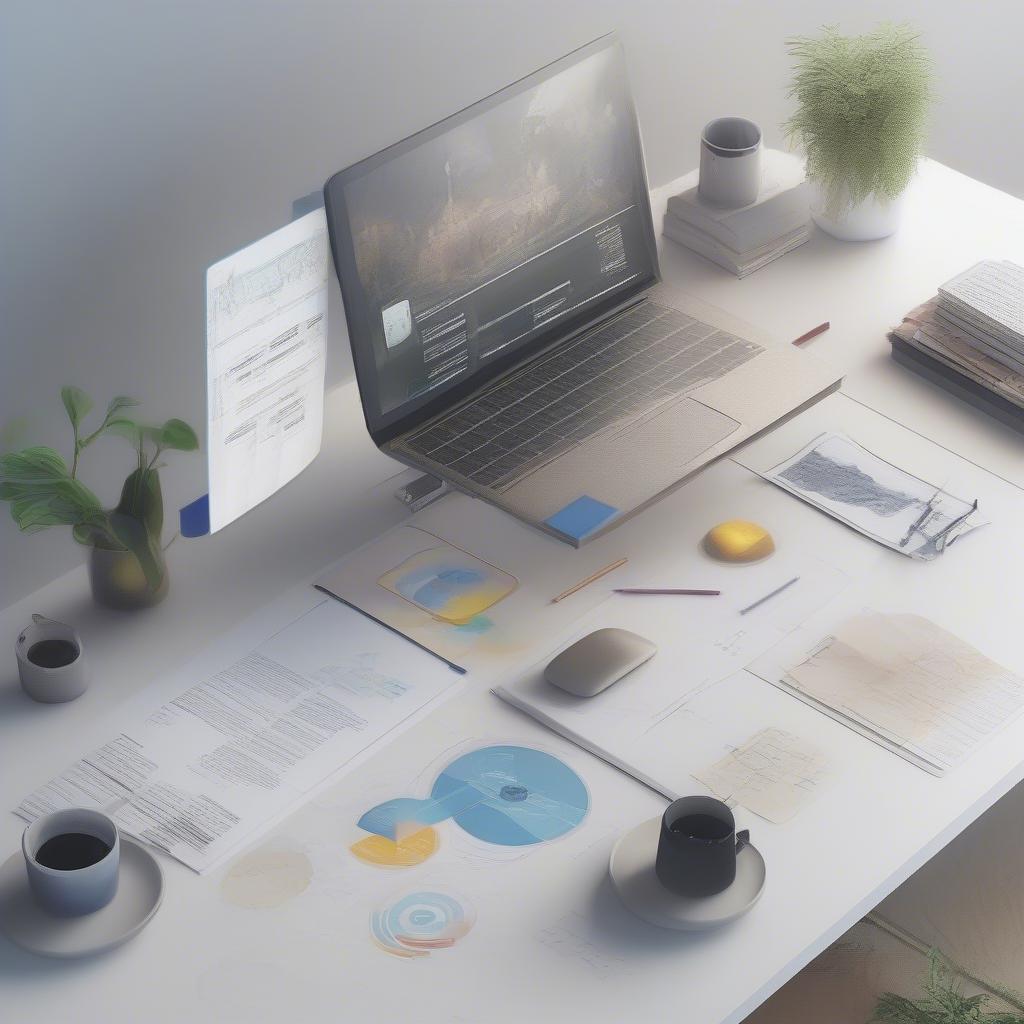Search engines have come a long way, but what thrills them hasn’t really changed all that much. On-Page SEO Techniques 2024 are crucial for ranking success. On-Page SEO Techniques 2024 should be strategically implemented throughout your website content to maximize visibility and improve search rankings. What makes a website appealing to Google today is a more sophisticated version of what worked a decade ago. Sure, the rules have refined,
and there are new ways to achieve visibility, but the essentials—from keywords to clear code—are still at the core. In this article, let’s explore the updated strategies that make your site “search-friendly” in 2024. On-Page SEO Techniques 2024, including keyword optimization, mobile optimization, and internal linking, are crucial for achieving success.
Table of Contents
Understanding User Intent: On-Page SEO Techniques 2024: The New Keyword Optimization
Keywords are still the bedrock of impactful on-page SEO, but the game has changed in 2024. On-Page SEO Techniques 2024 focus on understanding user intent, making keywords more effective than ever. Now, it’s more about understanding what users mean rather than just what they type. This is where user intent comes into play, and it’s the cornerstone of getting your site noticed by Google’s sophisticated NLP (Natural Language Processing).
There are three types of user intent to keep in mind:
- Informational (users want to learn something)
- Users who are attempting to locate a particular page are engaged in navigation.
- Users who are looking to make a purchase are in a transactional mindset.
For more details on user intent, check out Moz’s guide to understanding search intent.
Tools like **Tools like *Google Keyword Planner*, *Ahrefs*, and *SEMrush* are your go-to for uncovering high-value keywords that match these intents. For more detailed guides, check out Blogging Analysis’s guide to keyword research. Don’t forget the long-tail keywords! These specific, intent-driven phrases are gold—they bring in highly interested users, often towards the end of their decision-making process. For instance, instead of focusing on a broad term like “shoes,” aim for something more precise like “best running shoes for flat feet” to better match user expectations.
Crafting Compelling Title Tags and Meta Descriptions
Title tags and meta descriptions are the gateway to your content—the first impression users get in search results. Keep your title tag under 60 characters and include your primary keyword. Including On-Page SEO Techniques 2024 as your primary keyword in the title tag ensures that search engines understand your content focus. But here’s the trick: don’t just include keywords, make them clickable. You want to grab the user’s attention and make them curious.
Meta descriptions should be 150-160 characters long, summarizing your page’s content while using key phrases to attract clicks. For more insights on crafting meta descriptions, refer to our complete meta description optimization guide. Think of it not just as a summary, but as a call to action. It’s what convinces people to click over to your page instead of one of the other ten blue links.
Structuring Your Content for SEO and Readability
Search engines like Google prioritize content that’s easy to digest—both for their bots and for human readers. That means using proper headings (H1, H2, H3), bullet points, and short paragraphs to create a hierarchical structure. You’re not only conveying information, but also communicating an impression.
For instance, breaking your content into small, readable chunks improves dwell time (the amount of time someone spends on your page), which is a great signal to search engines. To dive deeper into structuring content effectively, visit our content readability and SEO guide. Incorporate On-Page SEO Techniques 2024 throughout your content to further boost readability and SEO. Always keep in mind that your content should guide readers effortlessly from one point to another, making sure it’s easy to skim yet packed with value for those who read deeply.
Optimizing Images for Better SEO
Images can enhance your content—they grab attention, break up text, and help explain concepts. For more on optimizing images, refer to Yoast’s guide to image SEO. But remember, search engines don’t “see” images; they rely on alt text to understand them. Use alt text to describe the content and purpose of each image briefly and accurately.
A good rule? Keep your alt text short but descriptive. Aim for one or two sentences max that clearly convey what the image depicts and why it’s relevant to your content. Also, use keywords in a natural way, but don’t go overboard—keyword stuffing hurts more than it helps.
The Power of Internal Linking
Internal links are like a roadmap for both users and search engines, showing how your content fits together. This helps with two things:
- User Experience: Internal links keep users on your site longer by directing them to related, valuable content.
- SEO Value: They help search engines understand the relationships between your pages, which pages are most important, and what’s the general hierarchy of your content.
For example, when you mention a topic that you’ve covered in another post, link to it! For a step-by-step guide on creating an effective internal linking strategy, check out this post. It’s good for SEO, and it’s also super helpful for your readers.
Why Mobile Optimization is Essential in 2024
With an ever-growing number of users browsing on mobile, mobile optimization isn’t just important—it’s mandatory. Google ranks mobile-friendly sites higher in its search results, and this trend will only continue.
Use Google’s Mobile-Friendly Test tool to see how your site measures up. You can learn more about optimizing your website for mobile with our mobile optimization tips. Ensure that text is easy to read on smaller screens, images load quickly, and navigation is seamless. A good mobile experience makes your site appealing not just to Google, but to your users, too.
The Conclusion: Keep On-Page SEO an Ongoing Commitment
On-page SEO is an ongoing process—a commitment to keeping your content, keywords, and strategies up-to-date. For additional strategies, refer to Neil Patel’s comprehensive guide to on-page SEO. If you want to maintain strong E-E-A-T (Expertise, Experience, Authoritativeness, Trustworthiness), always focus on delivering high-quality, relevant content that serves your audience’s needs.
Remember, the keys to successful on-page SEO in 2024 are understanding user intent, crafting valuable content, and delivering a seamless user experience. Stay committed to these fundamentals, and you’ll see your visibility grow, attracting the organic traffic you’re aiming for.







2 thoughts on “On-Page SEO Techniques 2024: Master the Strategies for Success”
Comments are closed.